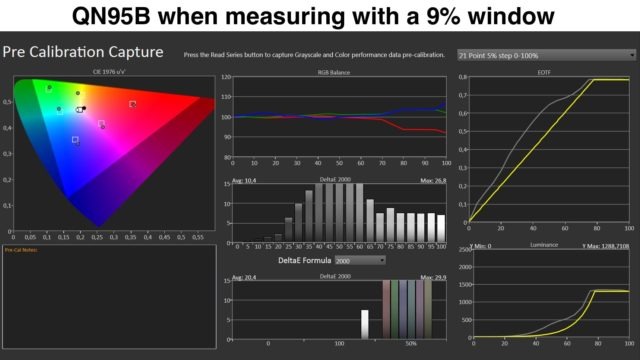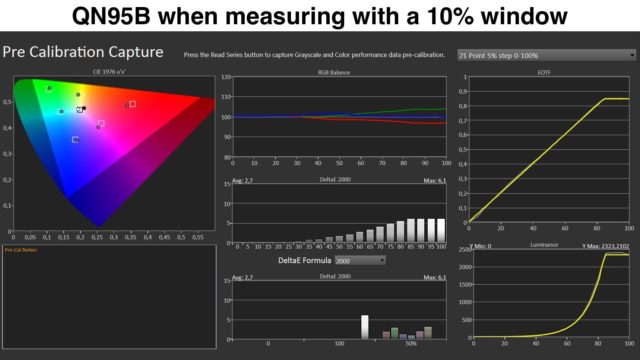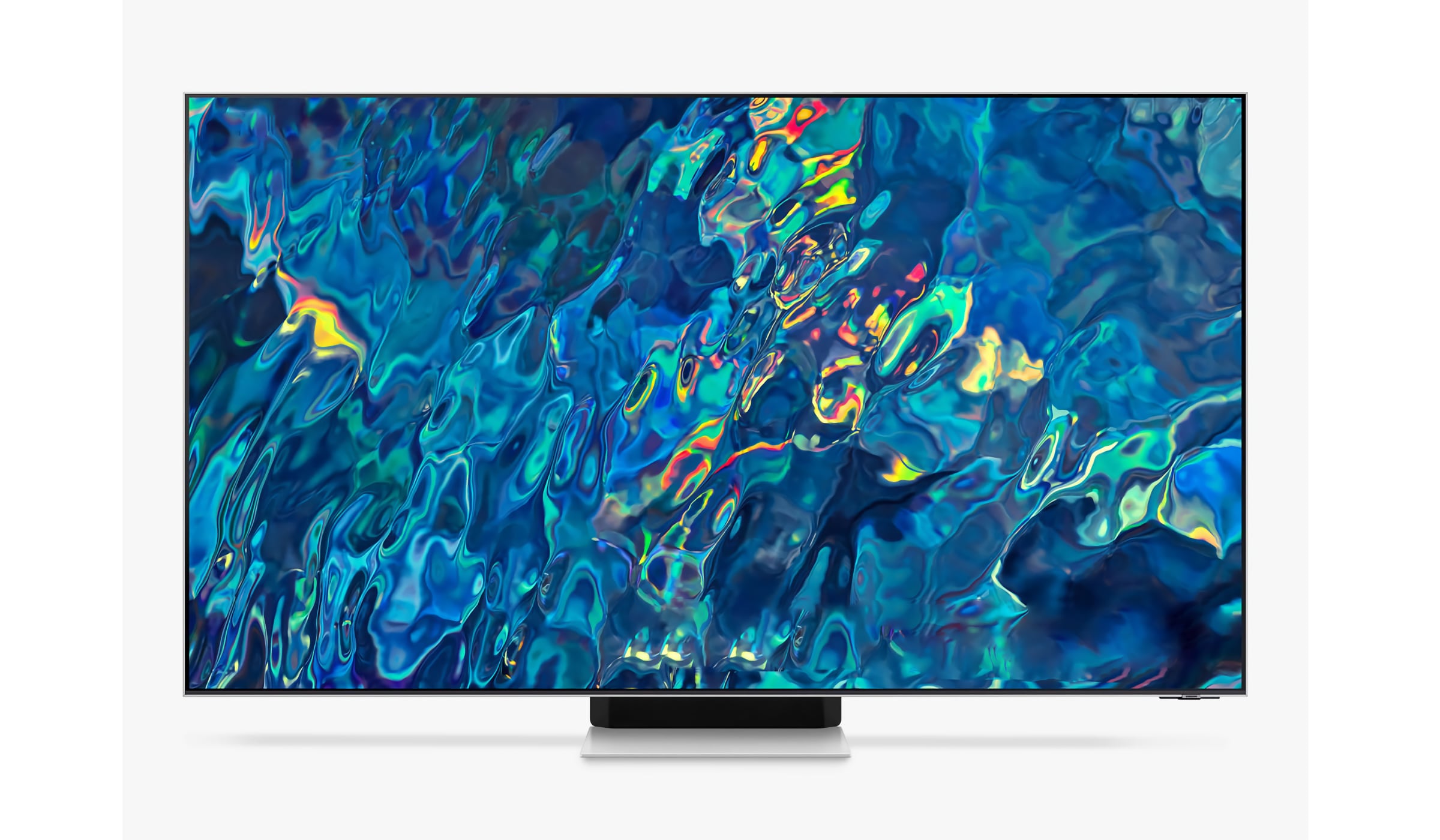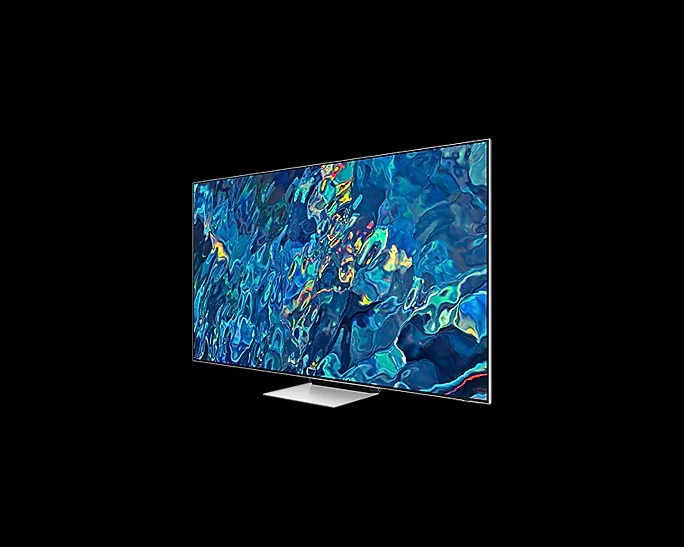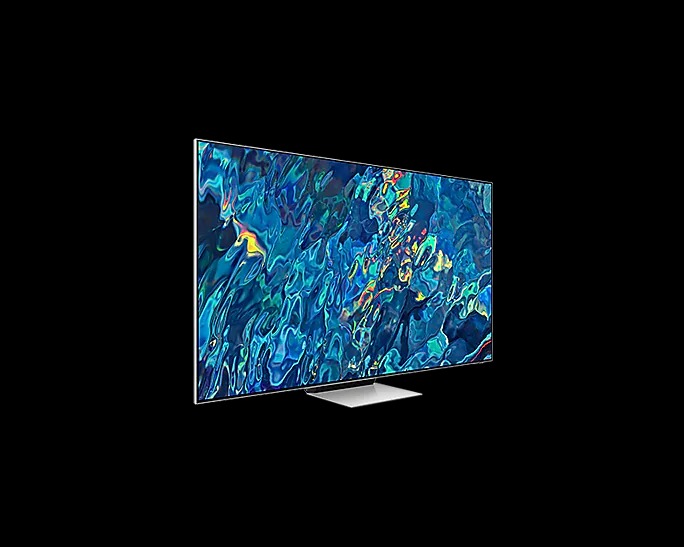Samsung is in for quite a shame. Its latest Neo QLED TV appears to use a clever algorithm to detect HDR benchmarks and adjust the picture to trick the tests into giving results that appear more accurate than they really are. The website informed about it FlatPanels HD.
Fortunately, there is a way to bypass Samsung's fraudulent algorithm and get accurate HDR test results. Most reviewers and certification organizations test HDR capabilities using a 10% window, or ten percent of the entire screen. Samsung's algorithm "kicks in" when it detects a test performed on ten percent of the window size, but it cannot account for all sizes.
With that in mind, FlatPanelsHD found that the Neo QLED QN95B delivered vastly different HDR test results when using a 9% window size instead of 10%. More worryingly, however, the TV appears to increase maximum brightness by up to 80% during HDR testing, specifically from 1300 to 2300 nits, even if only for a short while to avoid damaging the miniLED backlight. In reality, however, it turns out that the Neo QLED QN95B will never reach 2300 nits of brightness in real-world usage scenarios. This increase in brightness was apparently programmed into the TV specifically to deceive the HDR comparison tests.
You could be interested in
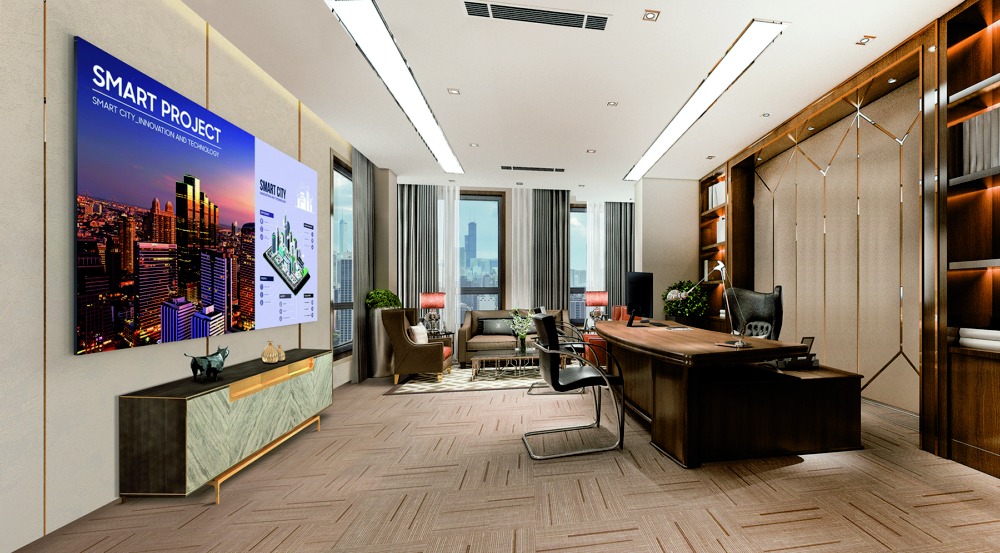
When the site presented its findings to the Korean giant, the company responded by promising a firmware update soon. "To provide consumers with a more dynamic viewing experience, Samsung will release a software update that ensures consistent brightness in HDR content across a wider range of window sizes beyond the industry standard," Samsung told the site.
